Can online education support nonprofit financial resilience?
Financial resilience is an increasingly important topic for many Canadian organizations. One approach organizations are using to enable financial resilience is to engage in social enterprise activities that can generate an earned income. In fact, approximately 58% to 77% of charities already engage in activities that generate earned income. (Imagine Canada)
As digital learning designers, we are dedicated to helping organizations reach, skill, and empower their communities across Canada. We do this by building online learning journeys including websites, academies, courses, tools, and many other creative forms of digital interactive media.
In doing this work, we have found that many organizations have libraries of resources hosted on their websites – reports, frameworks, tools, guides, recorded webinars, and more. While these individual learning objects are useful on their own, they can also serve as the basis for a more comprehensive online learning experience. When made available for a fee to a large audience, these learning experiences can help to support and sustain organizations during difficult times.
Making learning assets available for purchase does require buy-in first. To determine if this might be a good step for your organization, you can conduct a feasibility study and produce a business case. Alternatively, you can run a small test as setting up this new offering is a front-loaded project. Once it’s up and running, periodic additions and adjustments can be made with minimal capacity needed to support and maintain the experience.
To help you consider whether this direction may be right for your organization, we are sharing the high-level process we use to help organizations develop an online learning journey, that is in-line with their values, mandate, and can support your organization’s financial resilience. These steps can help you to evaluate if you have the capacity to experiment with this strategy:
Step 1: Understand your community needs and develop a learner profile
This step helps you to get into the mind of your community members. A learner profile contains information about the intended learner that informs the design of the learning resource, be it a course, academy or tool. What problems might they currently be trying to solve? How can you help them achieve their goals? What are their fears, motivations, accessibility requirements? Use this information to create a highly customized and intentional learning experience in Step 2.
Step 2: Design a learning experience and journey using pre-existing materials
Now that you have a learner profile – their goals, fears, motivations, behaviours, habits – you can design learning journeys for them. Weave your existing resources together by considering what the learning objective might be.
It’s important to note that you may not be able to monetize some of your materials due to the requirements around their original funding. That’s ok. Focus on leveraging your findings, your recommendations, and your roadmaps. How can this content inform a learning experience?
Step 3: Fill any instructional gaps with new or curated resources
You may find some gaps in information or tools while laying out your resources and designing the learners’s journey. You can either develop some additional support materials or curate some pre-existing ones and link them to fill the gaps.
Step 4: Implement and launch online learning journey.
Embed this experience into your website, a learning management system (LMS) or a content management system. You can create an additional landing page or use an LMS depending on the amount of learning objects you have and the experience you wish to create. You’ll want to decide whether you’ll be monetizing this learning experience in advance as this will impact your technical decisions.
You’ll want to position this learning experience for your community and launch it with a focus on its value for them.
